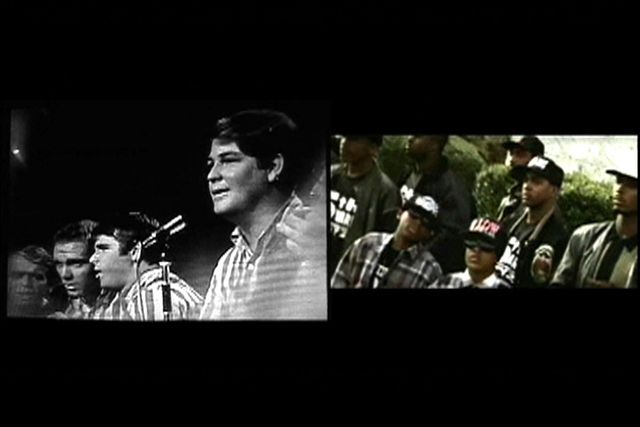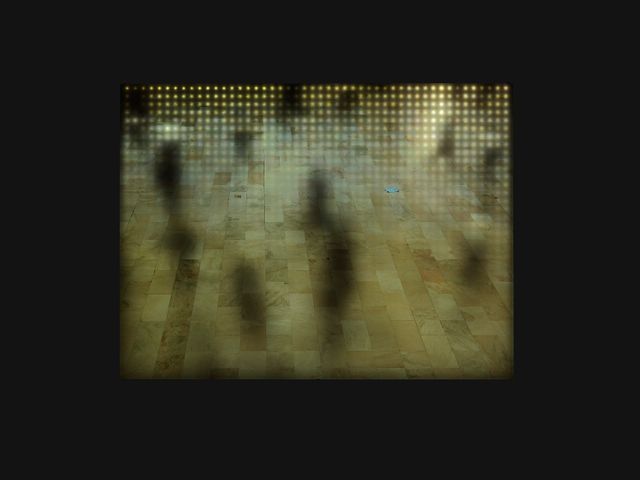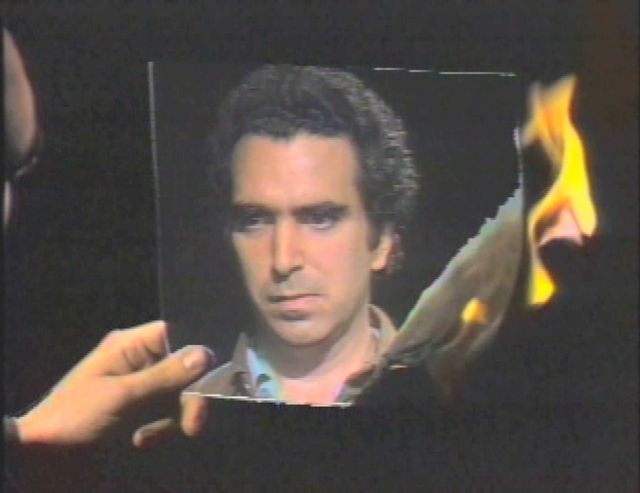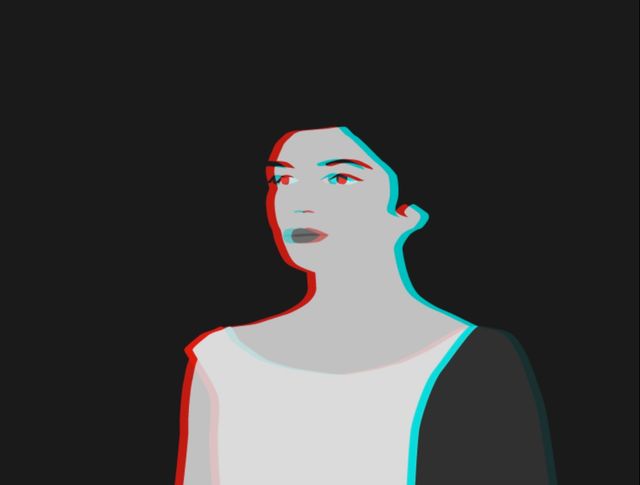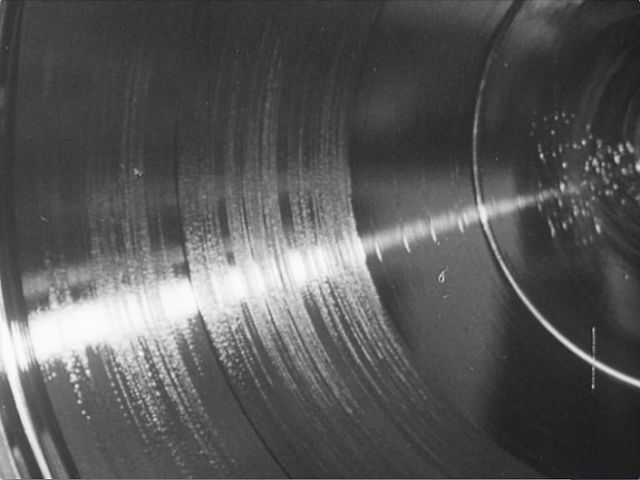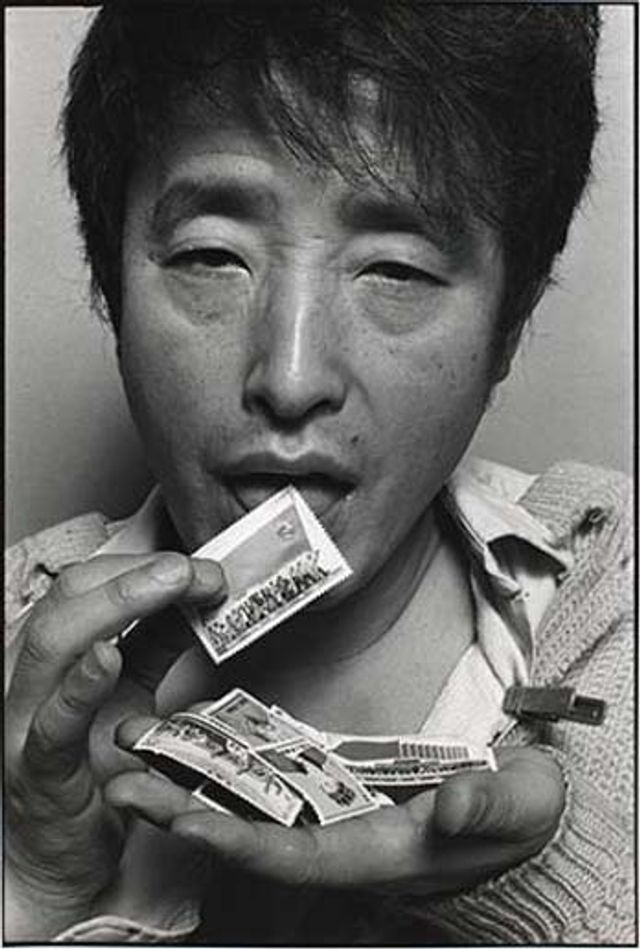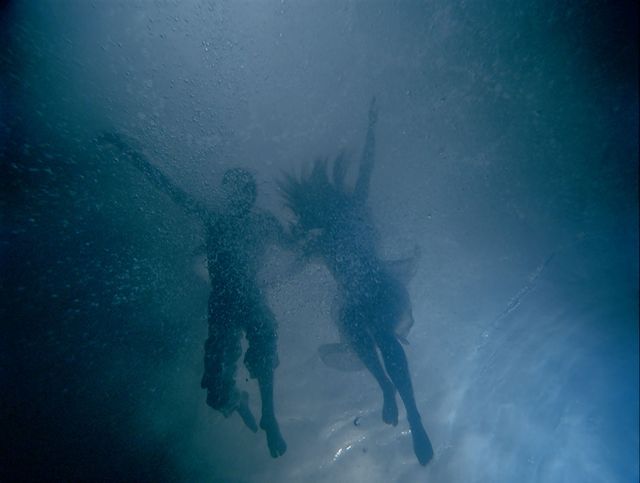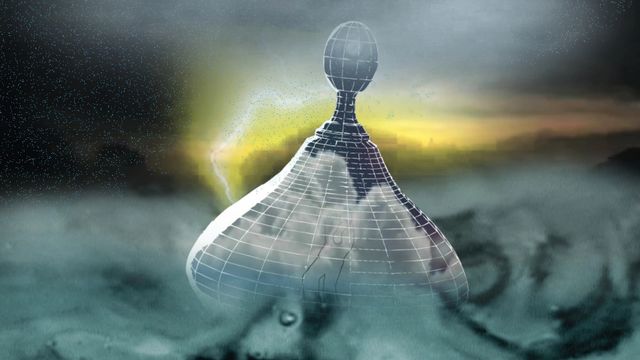Watch This! New Directions in the Art of the Moving Image (1.0)
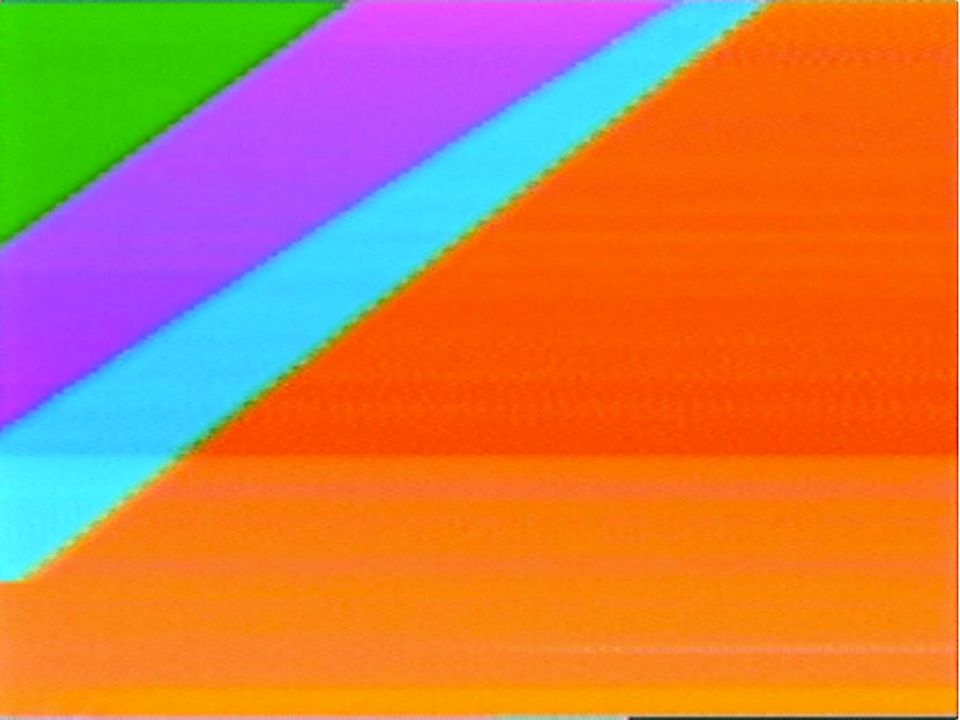
Cory Arcangel, Video Painting, 2008
The Smithsonian American Art Museum has assembled a collection of video and time-based artwork that examines the history as well as latest developments in the art of the moving image. A newly installed permanent collection gallery dedicated to media arts, located on the museum’s third floor, extends the range of contemporary art on display and allows for the presentation of the full range of media art practices.
Description
Watch This! New Directions in the Art of the Moving Image, the first in a series of installations, takes stock of the cutting-edge tools and materials used by video artists during the past forty years. The installation features key artworks from the history of video art as well as a new generation of artists on the cutting edge of new media art practices. The works on display range from Nam June Paik’s early, innovative experiments with video to Cory Arcangel’s reworking of Nintendo games and obsolete computer systems. The nine featured artworks are: Cory Arcangel, Video Painting (2008); Jim Campbell, Grand Central Station #2 (2009) and Reconstruction #7 (2006); Peter Campus, Three Transitions (1973); Kota Ezawa, LYAM 3D (2008); Svetlana and Igor Kopystiansky, Yellow Sound (2005); Nam June Paik, 9/23/69: Experiments with David Atwood (1969); Bill Viola, Surrender (2001); and Marina Zurkow, Elixir II (2009). John G. Hanhardt, senior curator for media arts, selected the works. The majority of the exhibited artworks are recent acquisitions, with five entering the museum’s collection in 2010.
Dedicating a permanent collection gallery to time-based art is an important aspect of the media arts initiative at the museum, which includes acquisitions, exhibitions, educational programs, and archival research resources related to film, video, and the media arts.
Visiting Information
Credit
The James F. Dicke Family Endowment generously supported Watch This! New Directions in the Art of the Moving Image.
Online Gallery
Artists
Nam June Paik (1932–2006), internationally recognized as the "Father of Video Art," created a large body of work including video sculptures, installations, performances, videotapes and television productions.














